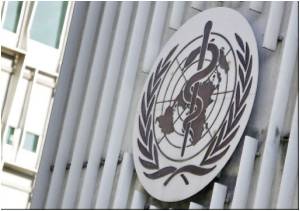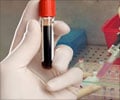A proposal by WHO to eliminate AIDS in South Africa has appeared to be a flawed one, a new study reveals.

One aspect of the proposal that has not been examined, however, is the strategy's full estimated cost.
Now, UCLA researchers have done their own modelling study and found that the costs have been substantially underestimated.
Sally Blower of UCLA and Bradley Wagner of UCLA used their own sophisticated modelling techniques to duplicate the estimated cost curve used in the WHO report.
They found that key potential costs - including the expense of annual testing for a population of 32 million, the implementation of prevention programs and the "ramping up" of a health infrastructure that is currently overwhelmed - were not included in the proposed approach.he WHO report assumed that the maximum cost of treating a patient with first-line drugs would be 1,163 dollar a year, and treatment with second-line drugs - initiated when first-line therapy is no longer effective - would be 4,083 dollar a year.
The WHO authors also assumed that 97 percent of patients would need first-line drugs and 3 percent would need second-line drugs each year.
Advertisement
"They do not include the costs of an annual testing program for the 27 million adults in South Africa who are currently uninfected, nor do they include the costs of the extensive prevention interventions that are necessary to reduce transmission," said Blower.
Advertisement
The study has been published in the medical journal The Lancet.
Source-ANI













